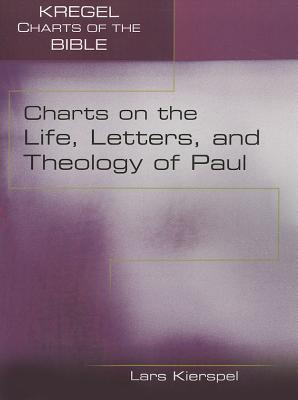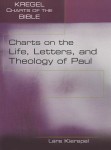I have a love/hate relationship with the Apostle Paul.
On the one hand, I love the guy. He is probably the greatest missionary the world has ever seen, he wrote a large percentage of the Christian Scriptures, he was a champion of God’s grace and of the Gospel for the Gentiles, and he had a theological mind and loving heart like none other.
And yet… I find his letters to be some of the most boring in the New Testament. Maybe boring isn’t the right word. Tiresome? Repetitive? Dry?
I don’t know. Maybe it is just the season of my life I am in right now (and have been in for 15 years).
 I know, I know. Bible teachers shouldn’t say such things. Most Bible teachers seem to spend an inordinate amount of time in the letters and writings of Paul. When I was a pastor, I did too. I preached through Philippians and Ephesians. And while I enjoying doing so, and learned a lot, and believe the people who heard these sermons learned a lot, it was always a relief to leave Paul and get into one of the narratives of Scripture (such as Genesis, Esther, or Jonah–which I have also preached), or my favorite of all – one of the Gospels.
I know, I know. Bible teachers shouldn’t say such things. Most Bible teachers seem to spend an inordinate amount of time in the letters and writings of Paul. When I was a pastor, I did too. I preached through Philippians and Ephesians. And while I enjoying doing so, and learned a lot, and believe the people who heard these sermons learned a lot, it was always a relief to leave Paul and get into one of the narratives of Scripture (such as Genesis, Esther, or Jonah–which I have also preached), or my favorite of all – one of the Gospels.
Don’t get me wrong. I do love Paul. I love what he has written. When it comes to theology and the practical outworking of the life, death, and resurrection of Jesus Christ for our life as Christians, Paul’s writings are among the best.
Maybe it is just that Paul is sometimes hard to understand. I know his letters are fairly well organized, but sometimes he goes off on rabbit trails, and other times he says things which don’t make a whole lot of sense, or which seem to contradict what he said in a different letter.
All of this is to say that I was thrilled when Kregel Publishers recently sent me a book which is filled with 111 Charts on the Life, Letters, and Theology of Paul. If you like studying the letters of Paul, and you like charts, this is the book to buy. This book contains a chart for almost every aspect of Paul.
It begins with 9 charts about Paul’s background and context. If you want to understand Paul’s thinking and theology, it helps to first understand the historical and cultural settings in which Paul lived and taught. These charts are extremely helpful in this regard.
Following this are 25 charts on Paul’s Life. While many of these charts were helpful, such as the parallels between Acts and the letters of Paul, and the chart on Paul’s missionary journeys, I did not find the charts about all the Men and Women mentioned by Paul to be necessary. These two charts seemed to be charts just for chart’s sake.
Next are 43 charts on Paul’s letters. These charts are very helpful for understanding the various letters of Paul.There are charts here which provide out outline for each of Paul’s letters, including charts for key words, ideas, and themes in each letter. There were also charts for OT quotations and allusions, and even a chart of all the Hapax Legomena in Paul’s letters (words or phrases that are used only 1x in the Bible). If you preach or teach the Bible, many of these resources will prove helpful, as it is always important to get a big picture overview of any letter of Paul before breaking it down to teach various pieces.
Finally, the book contains 34 charts on the Theology of Paul. He included charts which listed the various verses and passages in support of the major theological disagreements that surround the theology of Paul. For example, he had a chart on the passages about whether women are equal or subordinate to men (Chart 104) and whether or not women can be pastors (Chart 105). The book even included a chart on The New Perspective on Paul (Chart 111), though in my opinion, the author did a poor job summarizing the “New Perspective” position.
All in all, this is a helpful book on understanding the Life, Letters, and Theology of Paul. It would be a helpful addition to any Bible teachers library.




Leave a Comment or Question